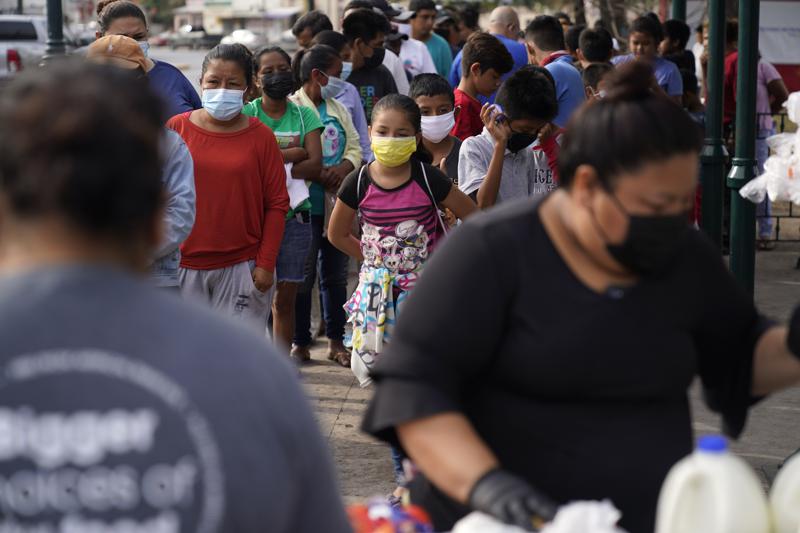TIJUANA : As darkness fell, about 250 police officers and city workers swept into a squalid camp for migrants hoping to apply for asylum in the United States. Migrants had to register for credentials or leave. Within hours, those who stayed were surrounded by enough chain-link fence to extend twice the height of the Statue of Liberty.
The Oct. 28 operation may have been the beginning of the end for a camp that once held about 2,000 people and blocks a major border crossing to the United States. There may be more camps to come.
First lady Jill Biden sharply criticized a similar camp in Matamoros, bordering Brownsville, Texas, on a 2019 visit, saying, “It’s not who we are as Americans.” The Biden administration touted its work closing that camp in March, but others sprang up around the same time in nearby Reynosa and in Tijuana.
The camps, full of young children, are a product of policies that force migrants to wait in Mexico for hearings in U.S. immigration court or prohibit them from seeking asylum under pandemic-related public health powers. Uncertainty about U.S. asylum policies has also contributed to growing migrant populations in Mexican border cities, creating conditions for more camps.


